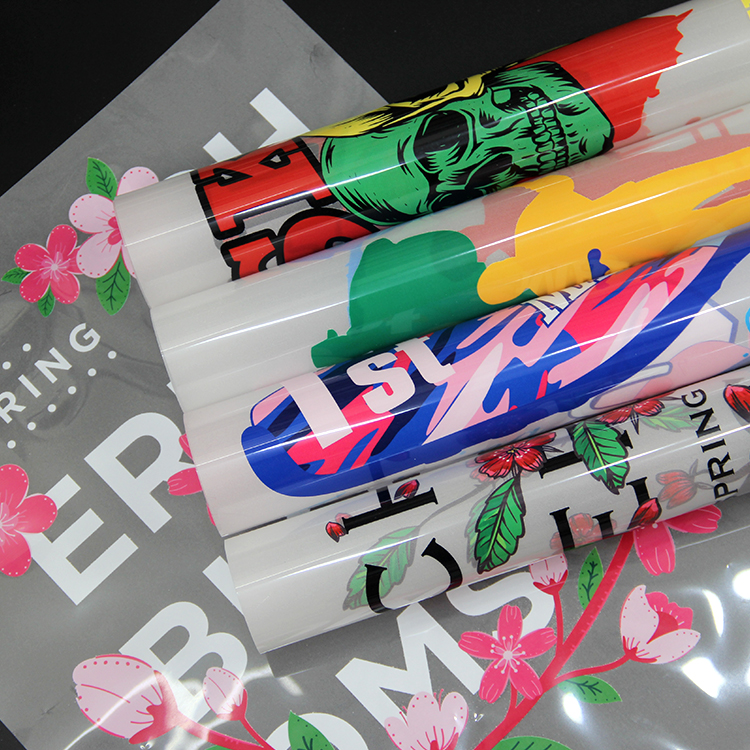Posted on 2020-09-11 11:07:29
When most people talk about sublimation printing, they generally tend to talk about the inks or the printers or maybe the awesome varieties of sublimation blanks available. I would guess that most people spare little if any thought for the sublimation printing paper on which the transfers will be printed. This lack of thought about the paper you choose can be a serious oversight and have major consequences for the cost and quality of your printing. So, today we are going to talk about what's difference between high release sublimation printing paper and low release paper?
High Release sublimation papers typically require lower press times to release the majority of their sublimation dye into the substrate. This decreased press time can also decrease your production time, and may increase your margins. High release papers work very well for lower DPI prints of artwork on fabrics or other “soft goods”, and may also provide slightly superior color transfer. One thing you should be aware of is that high release papers typically don’t dry as fast. If you are printing large numbers of sheets and allow the sheets to stack up, you may experience some smearing of the ink as one sheet feeds out on top of another. There is also the potential for “tracking” where the feed wheels on your printer function pick up and deposit “tracks” of ink. There is also the potential for instances of “blow out” on hard goods like ceramics and FRP, if the dye is released so quickly that the coating cannot absorb it at the same rate. High release paper may also be more susceptible to curling, printer jams, humidity, and other environmental issues.
Low or Standard Release papers usually have just the opposite qualities from high release sublimation transfer papers. They dry very quickly, so there are rarely any smearing issues. They also work very very well on all hard goods like ceramics and FRP with little, if any, “blow out”. Unlike high release papers, however, they require much more time in the heat press to get the dye out. Reducing the press time even a little can cause colors to be less vibrant. Long amounts of time in the heat press can also cause yellowing or other damage to coatings and fabrics. This class of paper, however, is virtually immune to paper jams or other environmental issues, and works equally well in a variety of printers and environments.
★About us★
Website:www.itransferpaper.com
Email:vision@itransferpaper.com
Whatsapp:+86-17321388330
Facebook:https://www.facebook.com/itransferpaper/
Twitter:http://twitter.com/itransferpaper
Youtube:https://www.youtube.com/channel/UC8W_0PRzeWjOhba9WZaH2xw
Google+:https://plus.google.com/u/0/+VISIONsublimationpaper
Linkedin:https://www.linkedin.com/in/itransferpaper/
Address: C211 ,Building 100 ,No.2891,Qilianshan Nan Rd Pu Tuo District,Shanghai China

